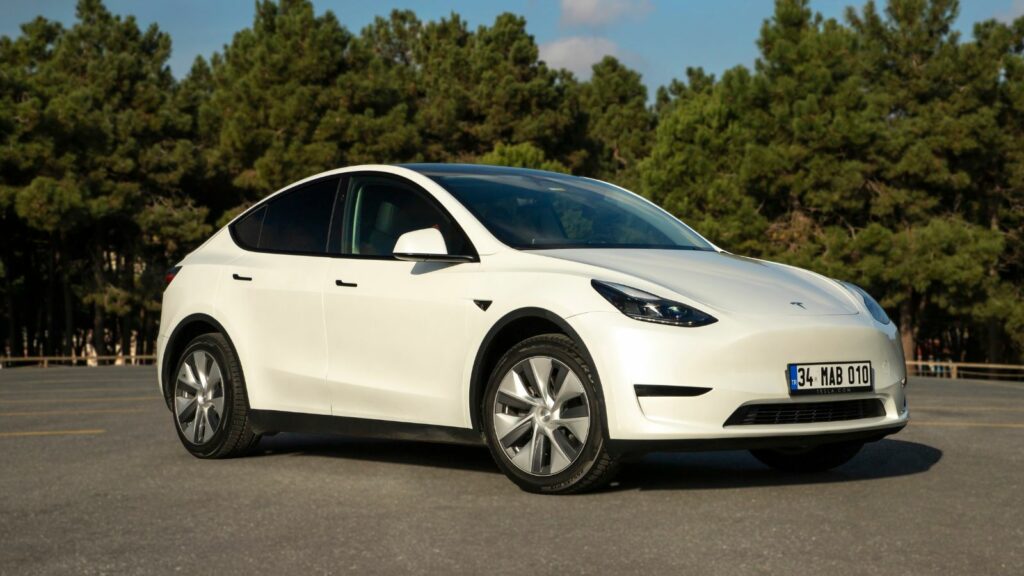Electric vehicles promise smooth driving, low maintenance, and freedom from fuel pumps. But an increasing number of Tesla owners say the real world range of their cars does not always match what they were expecting. Some of this is normal battery behavior. Some of it relates to climate and driving conditions. And some of it, owners say, comes down to how Tesla estimates and displays range in the first place.
The conversation has grown louder as more Teslas age, rack up mileage, and go through multiple software updates. For new buyers, the gap between expected and actual range is becoming an important topic.
The Numbers Look Good on Paper
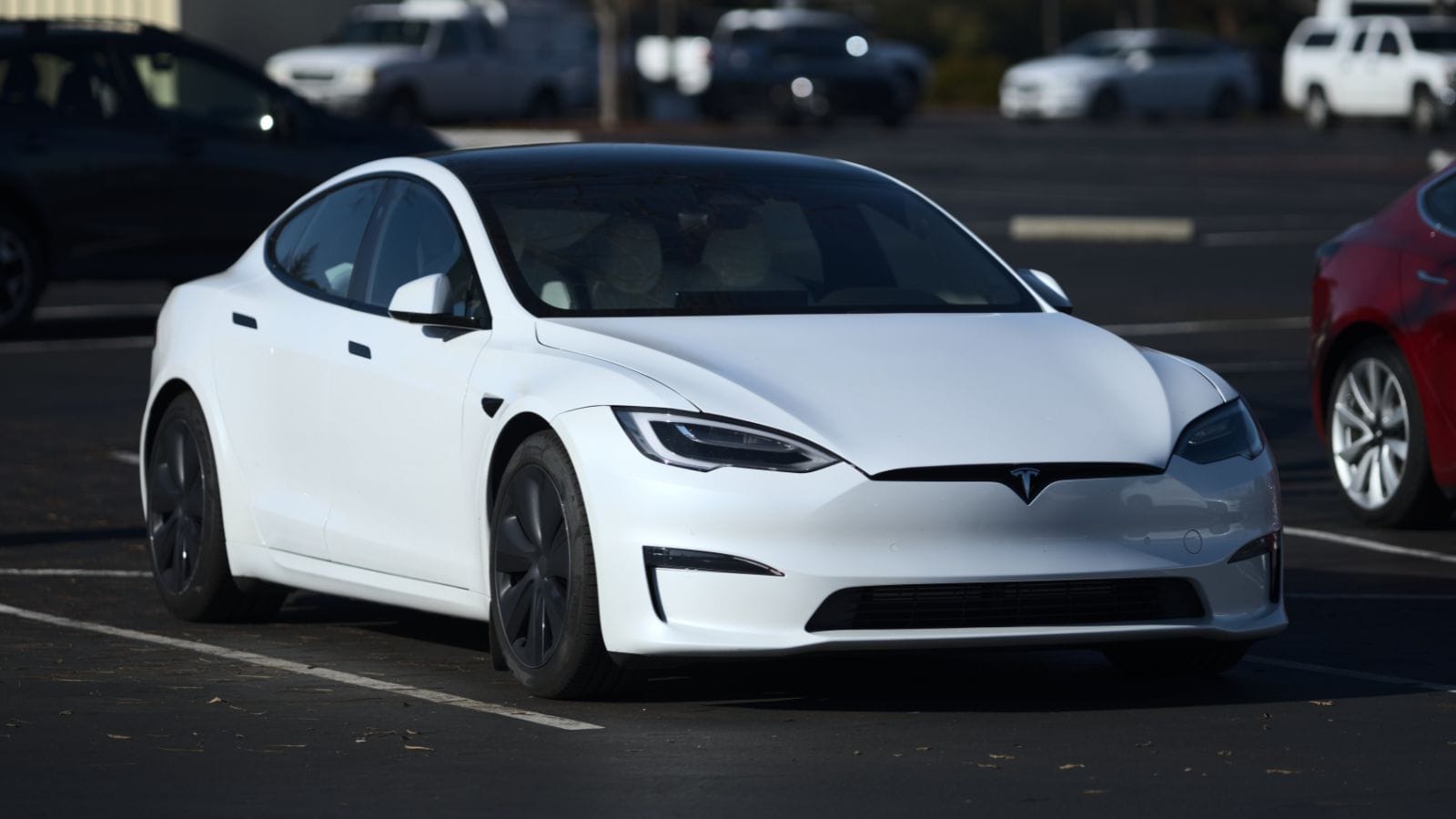
Tesla has long advertised some of the highest range figures in the electric car industry. These ratings come from standardized test cycles designed to measure efficiency in controlled conditions. On paper, the range looks impressive. It is one of the company’s strongest selling points.
But those test conditions do not reflect real daily driving. Terrain, temperature, tire pressure, driving speed, traffic patterns, and accessory use all affect efficiency. Owners often realize that the rated number is more of a best case scenario than a guaranteed everyday result.
For some, the difference is small. For others, especially those in harsher climates or with longer commutes, the difference can feel significant.
Temperature Has a Big Impact

Battery chemistry responds to temperature. When it is cold, the battery becomes less efficient and needs extra energy just to warm up to optimal operating conditions. Cabin heating also draws directly from the battery, unlike gas cars which use waste heat from the engine.
Tesla owners in northern regions report the biggest drops during winter months. Short trips are where it is most noticeable. The car may use more energy warming itself than actually driving.
In hot climates, energy is spent cooling the battery and the interior to protect components and maintain passenger comfort. Both extremes reduce real world range.
Owners quickly learn that temperature is one of the strongest variables in EV driving behavior.
Driving Style Matters More Than Many Expect

Electric torque makes Teslas fun to drive. Instant acceleration is part of the appeal. But enthusiastic use of the accelerator consumes more energy. On highways, sustained high speeds have a dramatic effect on efficiency because aerodynamic drag increases sharply.
In city driving, constant stop and go without regenerative braking technique further reduces range. Some owners say that adjusting how they accelerate and brake can extend range noticeably.
Drivers who adopt a smoother, more measured style usually see better results. But not everyone wants to adjust their driving habits to maximize efficiency.
Software Updates Can Change the Feel of Range

Tesla updates vehicles remotely, adjusting everything from energy management to regenerative braking strength to climate control behavior.
Some owners say these updates improved efficiency. Others claim their displayed range dropped afterward. Tesla often describes these changes as more accurate real world range calculation rather than true loss of capacity.
This explanation does not always reassure owners. When the number shown on the screen changes, driver confidence changes too. Range is psychological as much as technical.
Battery Aging Is a Normal and Expected Process
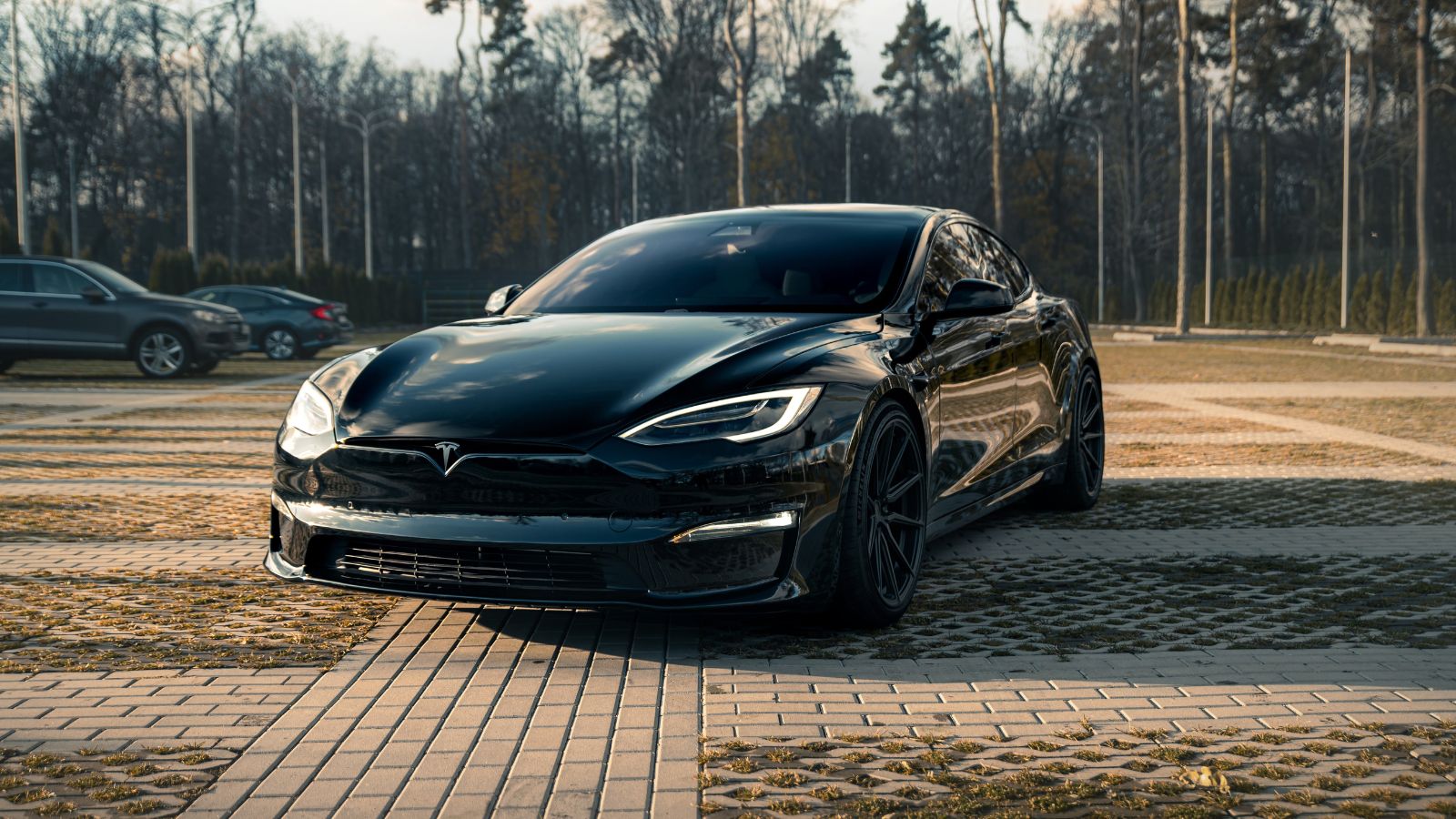
All lithium batteries lose capacity over time. Tesla designs its packs to degrade slowly, but no battery remains at its original performance forever.
Most owners report small, gradual losses in the first few years, often around five to ten percent. After that, the rate of decline usually slows.
However, for drivers who purchased their car based primarily on range, even minor reductions can feel more meaningful.
Older Teslas on the road today are providing some of the first long term real world data, and the results vary depending on climate, charging habits, and mileage.
Owners Are Learning Strategies to Manage Range
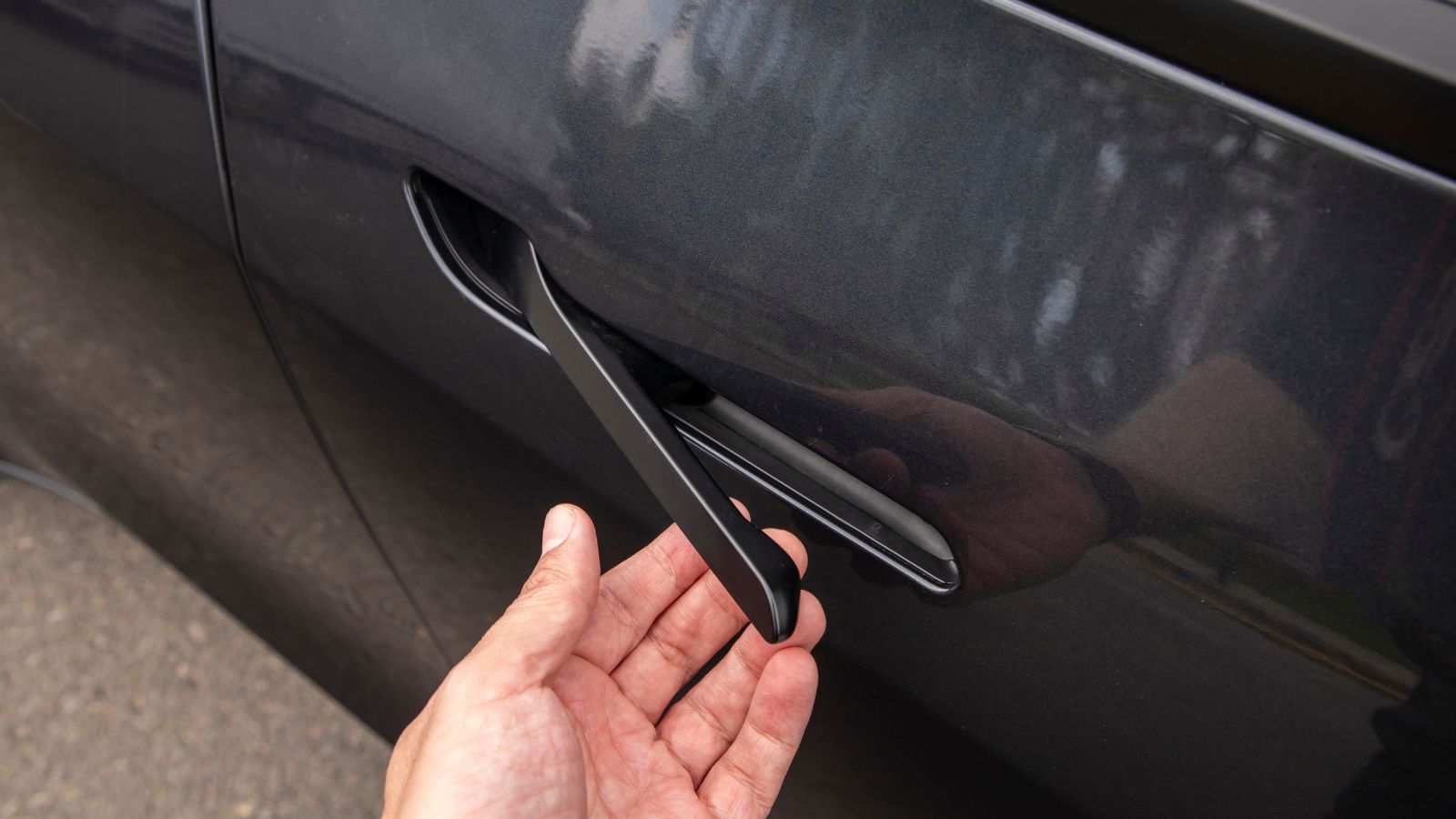
Experienced Tesla drivers often develop routines to maintain range more effectively. They precondition the car while plugged in so that battery heat or cooling does not draw from driving energy. They choose efficiency focused wheels and tire setups. They use range mode on long trips.
They also learn to rely less on the estimated miles displayed and more on percentage and energy use graphs.
Once drivers understand how their specific car behaves, range becomes more consistent and predictable. The learning curve is real, but many say satisfaction improves once expectations adjust.
What This Means for Drivers Moving Forward
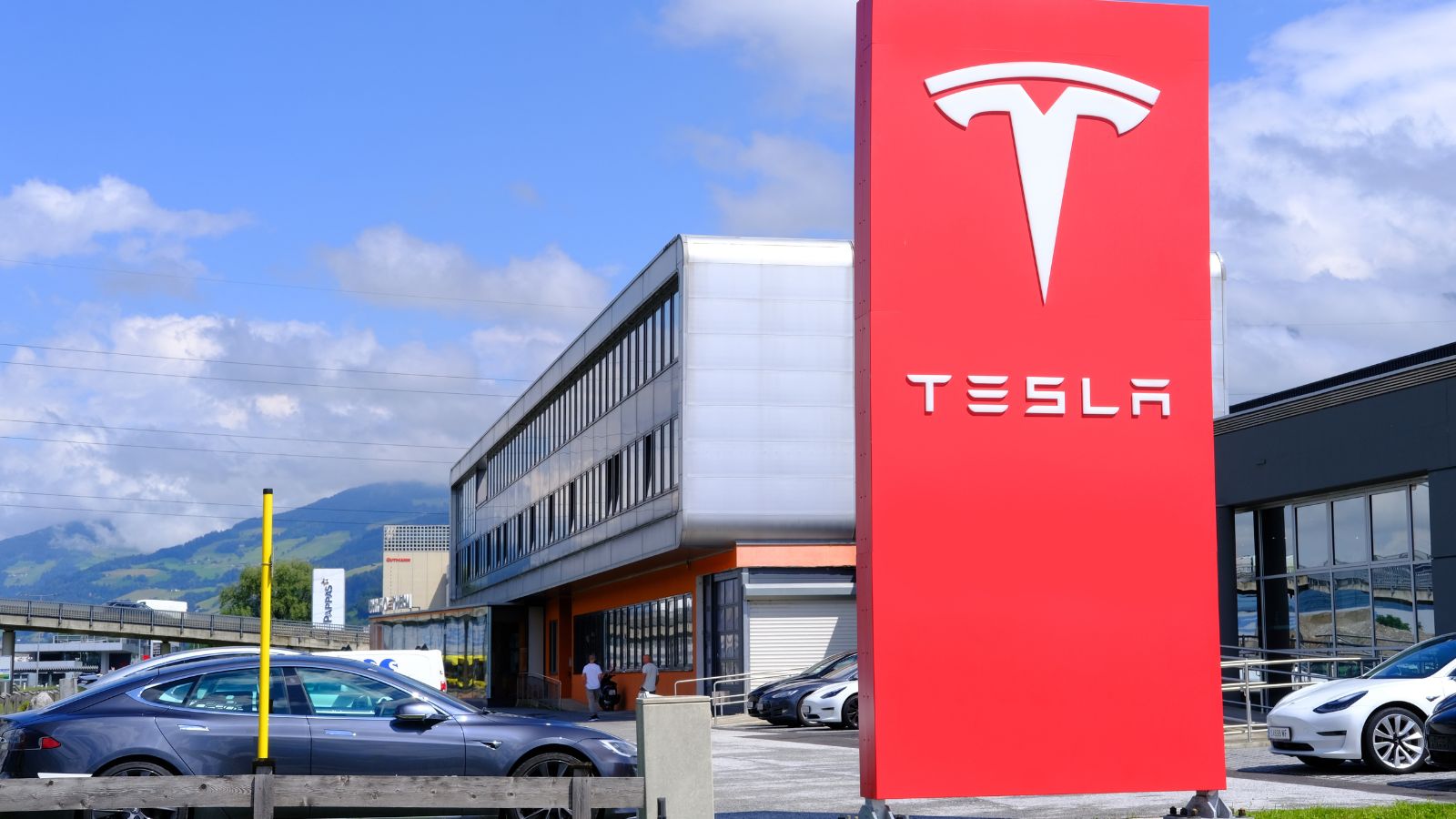
Tesla still builds some of the longest range electric vehicles available, and for many owners the difference between stated and real world range becomes easier to manage with experience. But new buyers should understand that range is not fixed. It is dynamic.
Weather, driving habits, software behavior, and battery age all play a role. The more a driver learns how those factors interact, the easier the ownership experience becomes.
Electric range is not just a number on a spec sheet.
It is something that changes with the road, the climate, the software, and the years.
Understanding that from the start makes the transition to electric driving far more realistic and far more satisfying.
25 Facts About Car Loans That Most Drivers Don’t Realize

Car loans are one of the most common ways people fund car purchases. Like any other kind of loan, car loans can have certain features that can be regarded as an advantage or a disadvantage to the borrower. Understanding all essential facts about car loans and how they work to ensure that you get the best deal for your financial situation is essential. Here are 25 shocking facts about car loans that most drivers don’t realize:
25 Facts About Car Loans That Most Drivers Don’t Realize
